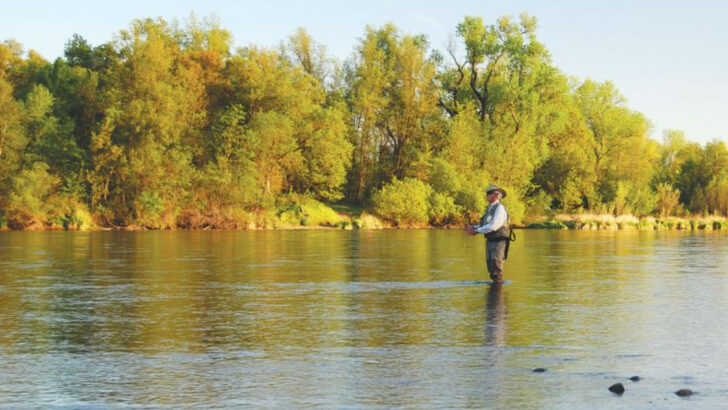Explore the troubling trend of declining fish populations across 17 major U.S. rivers. These waterways, each with its unique charm and challenges, are experiencing significant changes that affect anglers and the ecosystems alike.
From pollution to climate change, various factors contribute to these shifts, and understanding them is essential for conservation efforts.
Each river tells a story of resilience and hardship, inviting us to delve deeper into the environmental impacts and what can be done to preserve these vital habitats.
Join us in uncovering the reasons behind this decline and what it means for future fishing enthusiasts.
Mississippi River
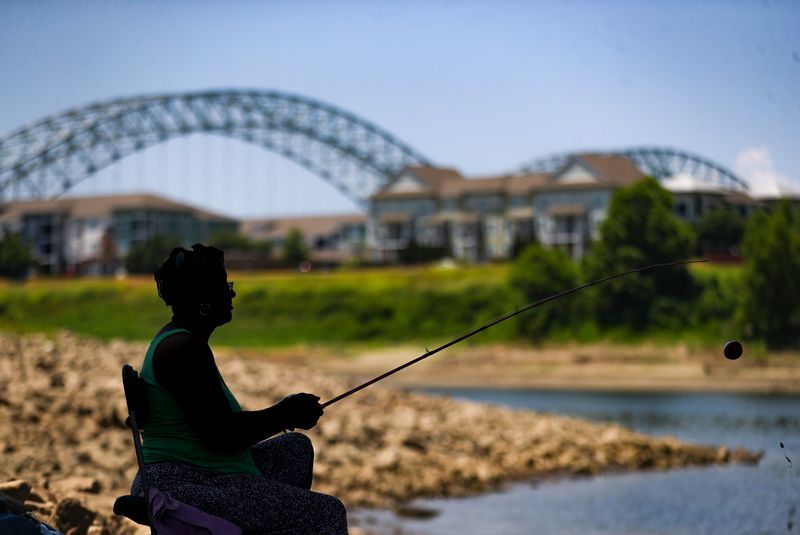
The mighty Mississippi River’s history is as rich as its waters, but recent times have not been kind to this iconic waterway. Pollution from agriculture and industry has significantly reduced fish populations.
These contaminants disrupt the natural habitat, making it harder for fish to thrive. It’s not just the fish that suffer; anglers report fewer catches and diminished diversity in species.
Efforts are underway to mitigate these impacts, but the task is enormous. By addressing the sources of pollution, we can hope to restore the river to its former glory. Conservation has become more urgent than ever.
Colorado River

The Colorado River, once a vibrant source of life, is now grappling with severe water shortages. Climate change and over-extraction for agriculture and urban use have left the river parched, affecting fish habitats.
This scarcity threatens the delicate balance needed for fish to survive and reproduce. Anglers who once found joy in its waters now face disappointment. Water management policies are crucial to reverse this trend.
By prioritizing sustainable practices, there’s hope for the Colorado River. This struggle reflects broader challenges that need collective action to ensure these waters continue to flow.
Hudson River
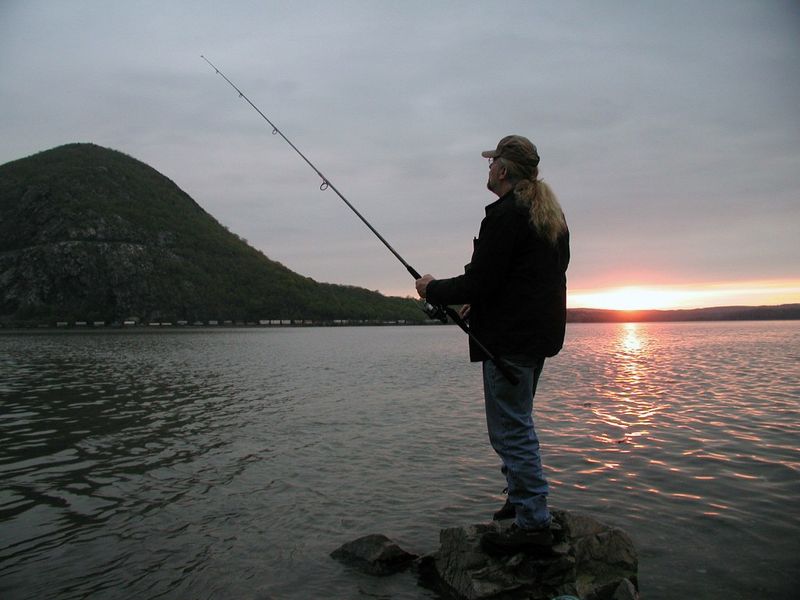
The Hudson River is a symbol of American resilience, yet pollution has left its mark on this storied waterway. Industrial waste and runoff have degraded water quality, impacting fish populations. Anglers notice a decline in both size and variety of catches.
Efforts to clean the Hudson are ongoing, but the river’s recovery requires continued commitment. By reducing pollutants, we can hope to see a resurgence in fish populations.
The Hudson’s story is a reminder of what’s at stake and the importance of sustainable practices. It’s a call to action for future generations.
Rio Grande
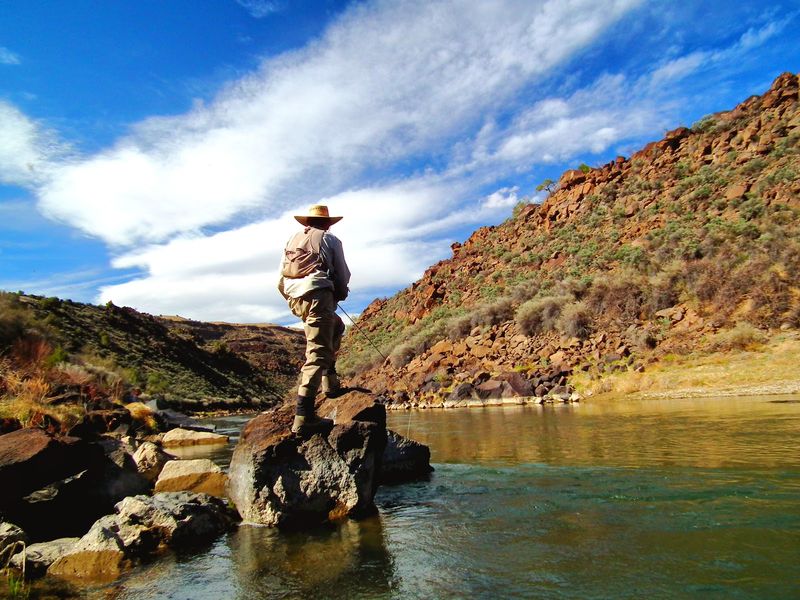
The Rio Grande’s name evokes images of grandeur, but its current state tells a different story. Overuse and climate change have drastically reduced water levels. This change in environment has made it difficult for fish to survive.
Anglers are witnessing the challenge firsthand, with fewer fish and smaller catches. Conservation efforts are crucial to restore this river’s vitality. Sustainable water use and habitat restoration are key to ensuring the Rio Grande remains a thriving ecosystem.
It’s a complex issue that requires concerted efforts from all stakeholders to reverse the decline.
Columbia River
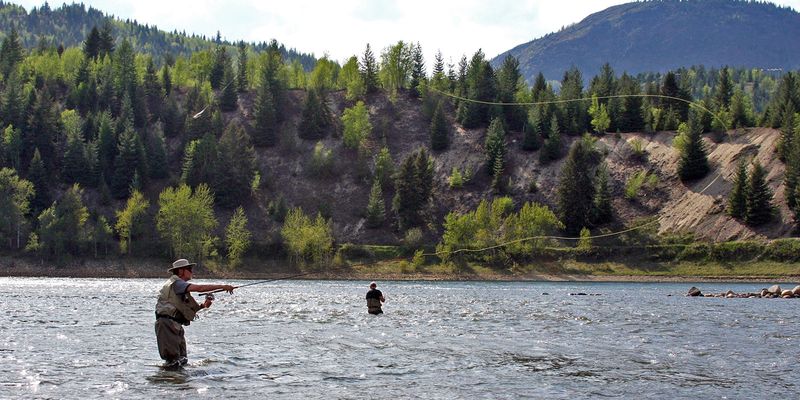
The Columbia River is renowned for its salmon runs, but these are now in jeopardy. Hydroelectric dams, while a source of renewable energy, have disrupted natural fish migration patterns.
This has led to a decline in populations, affecting both the river’s health and local fishing traditions. Efforts to modify dam operations are in place, yet more needs to be done to balance energy needs with ecological preservation.
The Columbia’s future depends on innovative solutions that respect both nature and human demands. It stands as a testament to the challenges of modern conservation.
Potomac River
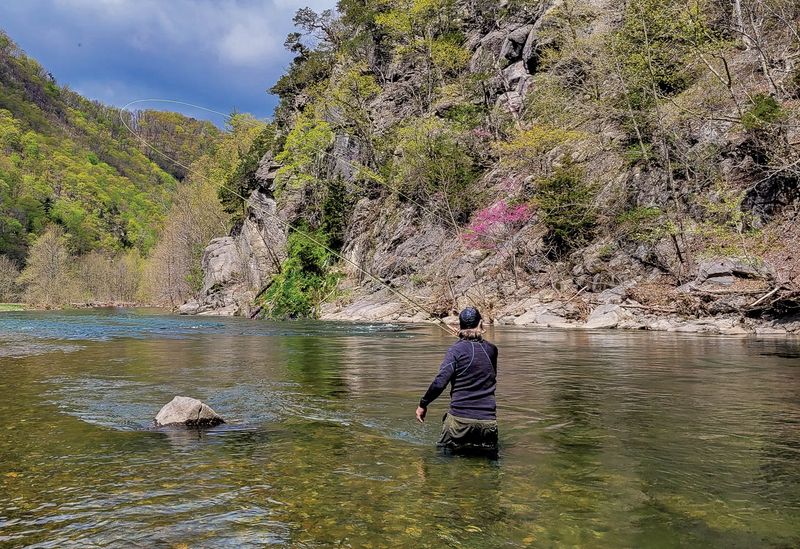
The Potomac River flows through the heart of America’s capital, yet it faces challenges that threaten its aquatic life. Urban runoff and pollution have led to decreased fish populations and biodiversity.
Anglers notice a stark difference in their catches compared to previous years. Restoring the Potomac requires a collaborative effort to reduce pollution and protect this vital waterway. Community initiatives and policy changes are crucial to reversing the damage.
The Potomac’s plight is a reflection of broader environmental issues that demand immediate attention and action for the sake of future generations.
Sacramento River
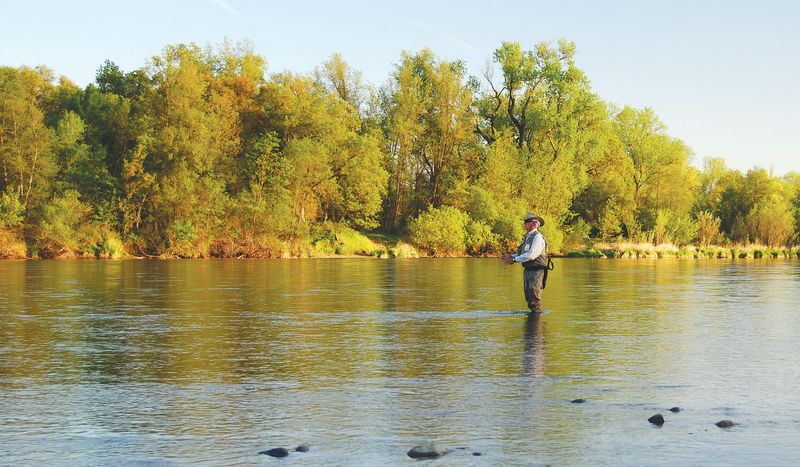
The Sacramento River, vital to California’s ecosystem, is under siege from drought. Water scarcity caused by climate change and competing demands have stressed fish populations. The reduction in water flow affects habitats, leading to fewer fish and less diversity.
Anglers and conservationists are working together to find solutions. Water management and habitat restoration are essential to revive the Sacramento’s aquatic life.
The river’s challenges reflect a larger pattern of environmental change demanding innovative responses. By prioritizing sustainability, there’s hope for the Sacramento River’s future as a thriving habitat.
Tennessee River
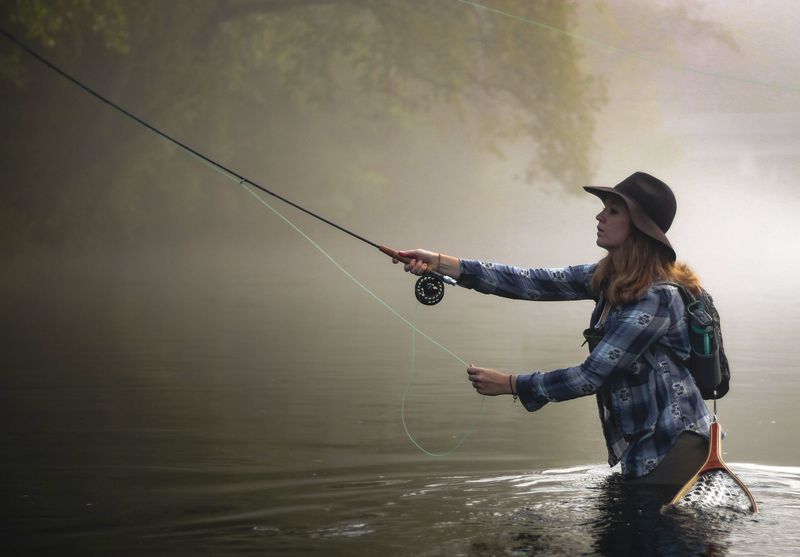
The Tennessee River, with its musical namesake, sings a troubled tune. Industrial pollution and urban runoff have marred its waters, affecting fish health and diversity. Anglers report a noticeable decline in catches, both in number and size.
Addressing these environmental challenges requires strong policy measures and community involvement. By focusing on reducing pollutants and improving water quality, there’s potential to restore the Tennessee River to its former vitality.
It serves as a reminder of the delicate balance between industry and environment. Conservation efforts are key to preserving this cherished waterway.
Delaware River
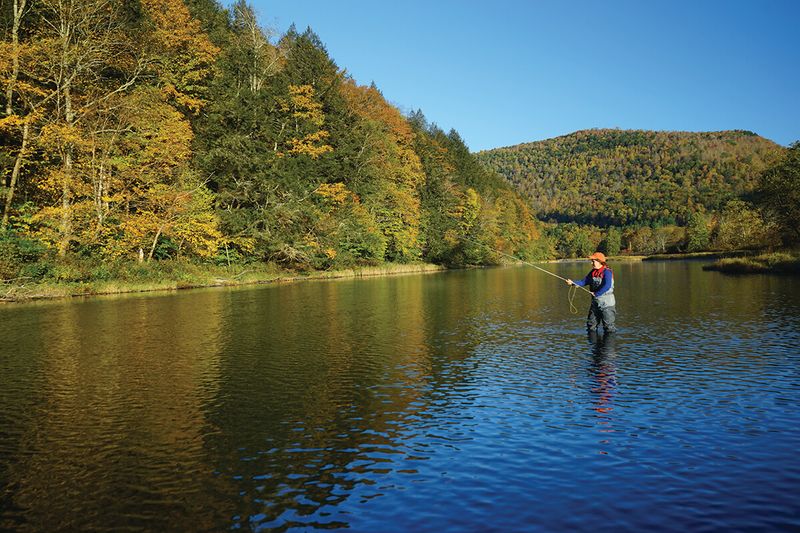
The Delaware River, known for its historical significance, is facing modern challenges. Pollution from urban areas and agriculture has impacted water quality, leading to fewer fish and less biodiversity. Anglers find it harder to enjoy once fruitful waters.
Efforts to clean and protect the Delaware are necessary to preserve its ecological richness. Reducing pollution and restoring habitats are crucial steps.
The river’s story is one of resilience and the ongoing battle to balance human needs with environmental health. It’s a shared responsibility to ensure its waters thrive for future generations.
Snake River
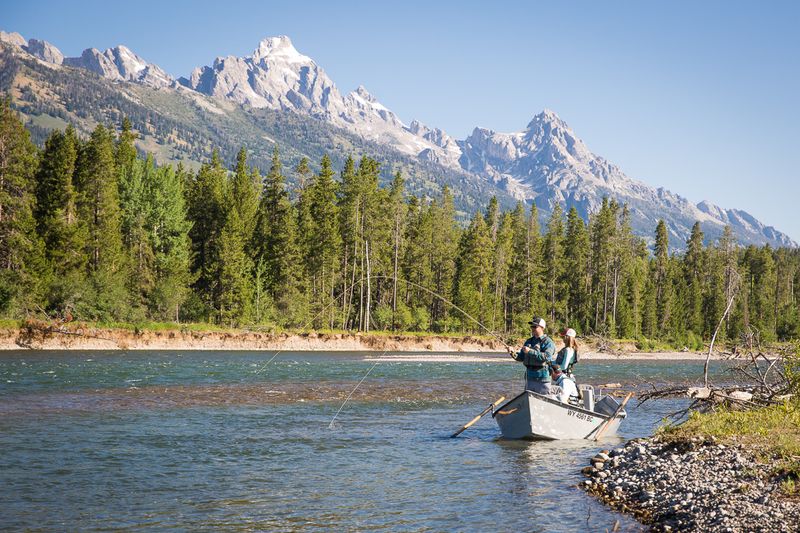
The Snake River, famed for its rugged beauty, now faces challenges due to dam construction. These structures have altered natural habitats, disrupting fish migration and diminishing populations.
Anglers note a stark decline in catches, particularly of iconic species like salmon. Balancing energy production with ecological needs is a complex task. Efforts to improve fish passage and modify dam operations are underway.
The Snake River is a vivid example of the need for integrated solutions that respect both nature and technological progress. It’s a call for innovative conservation strategies.
Chattahoochee River
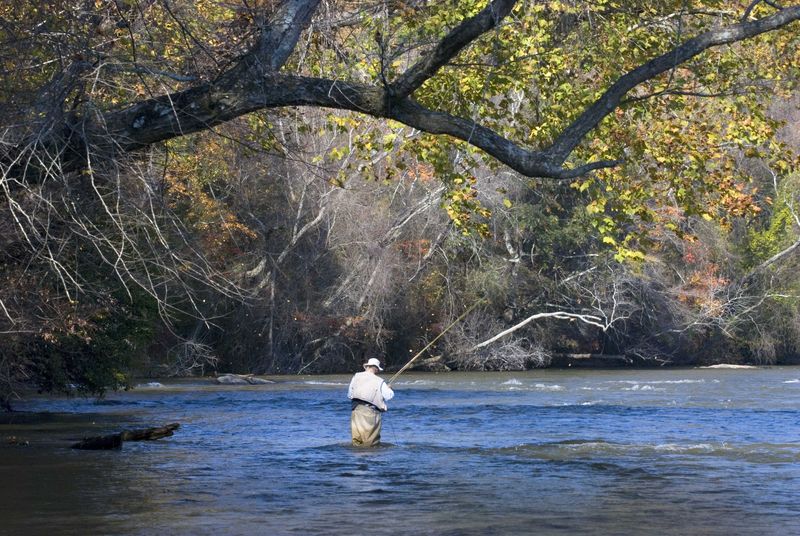
The Chattahoochee River, flowing through the heart of Georgia, is suffering due to urbanization. Pollution from cities has degraded water quality, impacting fish health and diversity. Anglers find their experiences less rewarding, with fewer catches.
Restoration efforts focus on reducing urban runoff and enhancing water management practices. The river’s challenges reflect the broader impact of development on natural ecosystems.
By prioritizing sustainable practices, there’s hope for the Chattahoochee’s future. It’s a testament to the essential balance between growth and environmental stewardship.
Missouri River
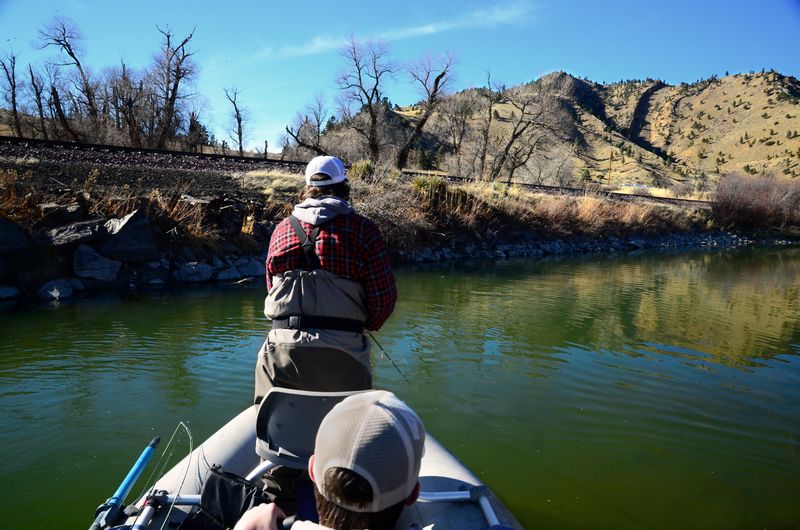
The Missouri River, a symbol of the American frontier, faces modern environmental challenges. Industrial runoff and agricultural practices have compromised water quality, affecting fish populations.
Anglers notice a decline in both size and variety of fish. Efforts to improve the river’s health are ongoing, emphasizing pollution reduction and sustainable practices.
The Missouri’s story is one of resilience, highlighting the importance of balancing human activity with ecological preservation. It’s a vital reminder of the interconnectedness of industry and environment, urging collaborative efforts for conservation.
Savannah River
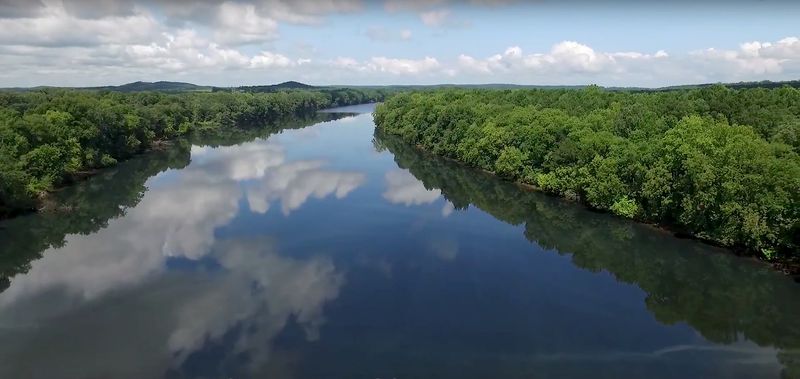
The Savannah River, winding between Georgia and South Carolina, faces challenges from industrial pollution and urbanization. These factors have degraded water quality, impacting the river’s once-thriving fish populations. Anglers report fewer catches and decreased biodiversity.
Conservation efforts are focused on reducing pollutants and restoring habitats. The Savannah’s plight highlights the need for sustainable practices that protect water quality and marine life.
By fostering a cooperative approach to conservation, there’s hope for the river’s rejuvenation. It’s a call to safeguard this vital ecosystem for future generations.
Arkansas River
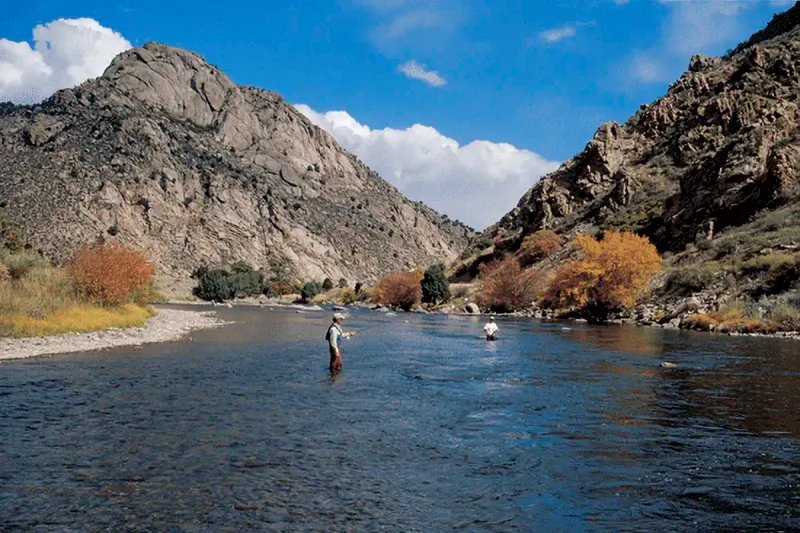
The Arkansas River, stretching through the heartland, is experiencing reduced water levels due to climate change. This has affected fish habitats, leading to a decline in populations and diversity. Anglers find it increasingly difficult to enjoy their fishing trips.
Efforts to address these challenges focus on water management and conservation practices. The Arkansas River’s situation is a microcosm of broader environmental issues that require collective action.
By prioritizing sustainable water use, there’s potential to revive the river’s health and vitality. It’s a reminder of the importance of environmental stewardship.
Susquehanna River
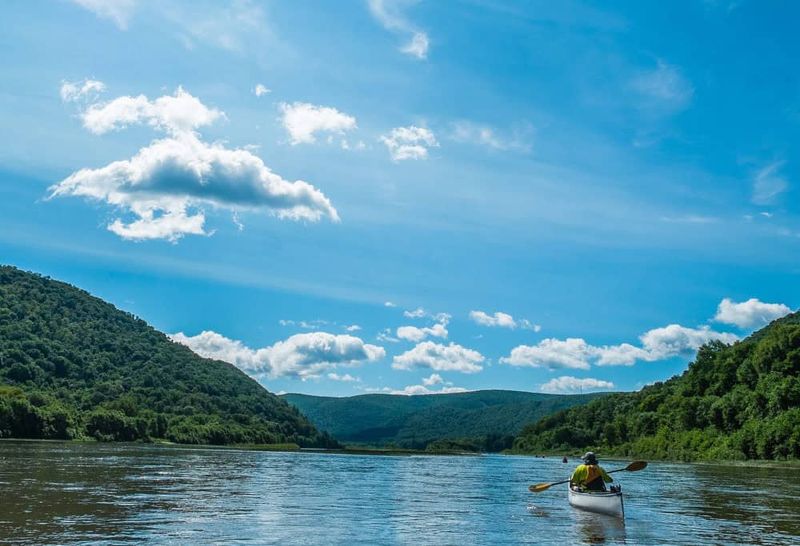
The Susquehanna River, a vital waterway in the Northeast, grapples with pollution from industrial and urban sources. These contaminants have affected fish health and reduced biodiversity.
Anglers notice a stark difference in the river’s offerings compared to the past. Conservation efforts focus on reducing pollutants and restoring natural habitats.
The Susquehanna’s challenges underscore the need for strong environmental policies and community engagement. It’s a call to action for preserving one of America’s great rivers, emphasizing the importance of sustainable practices for future prosperity.
James River
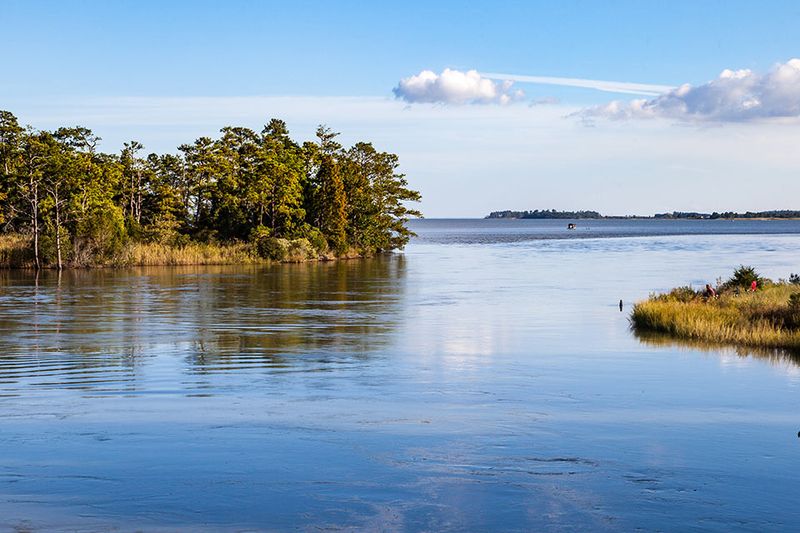
The James River, rich in history, faces modern environmental threats from pollution and urbanization. These pressures have degraded water quality, impacting fish populations and biodiversity. Anglers find fewer catches, affecting their experiences.
Restoration efforts are vital for the James River’s future. By reducing pollution and enhancing water management, there’s hope for revitalizing this iconic waterway.
It’s a reminder of the delicate balance between human activity and nature, urging cooperative conservation efforts. The James River’s story is one of resilience and the ongoing quest for ecological harmony.
The Peculiar Plight of the Gila River
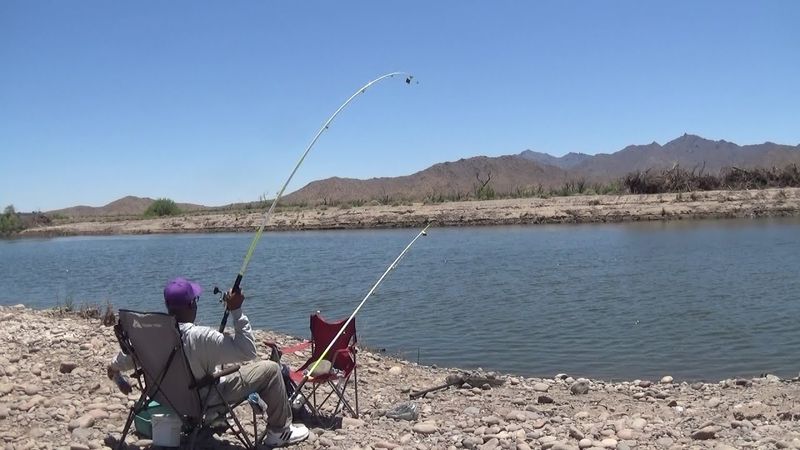
The Gila River, with its winding path through Arizona, is witnessing a sharp decline in fish stocks. Picture this: an angler standing amid the river’s scenic beauty, casting a line into waters that once teemed with life but now echo with silence. It’s not just the catch that’s missing; the very sound of water splashing has become rare.
The culprit? A mix of drought-induced lower water levels and increased pollution from nearby areas has created a challenging environment for fish to thrive.
Efforts to revive the river’s ecosystem are ongoing, but nature’s pace is slow. These challenges have transformed the Gila into a symbol of the struggle between nature and human impact. Many locals reminisce about the bountiful catches of yesteryears, hoping for a resurgence of those vibrant aquatic days.

